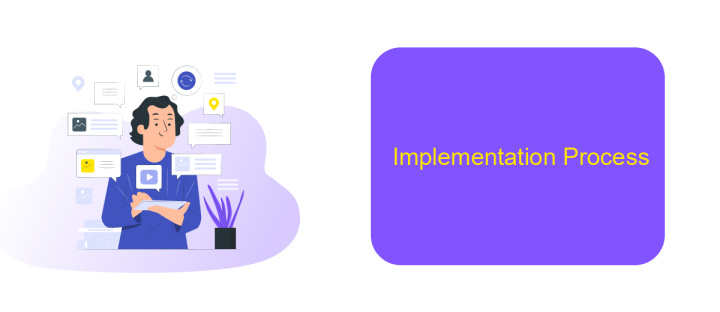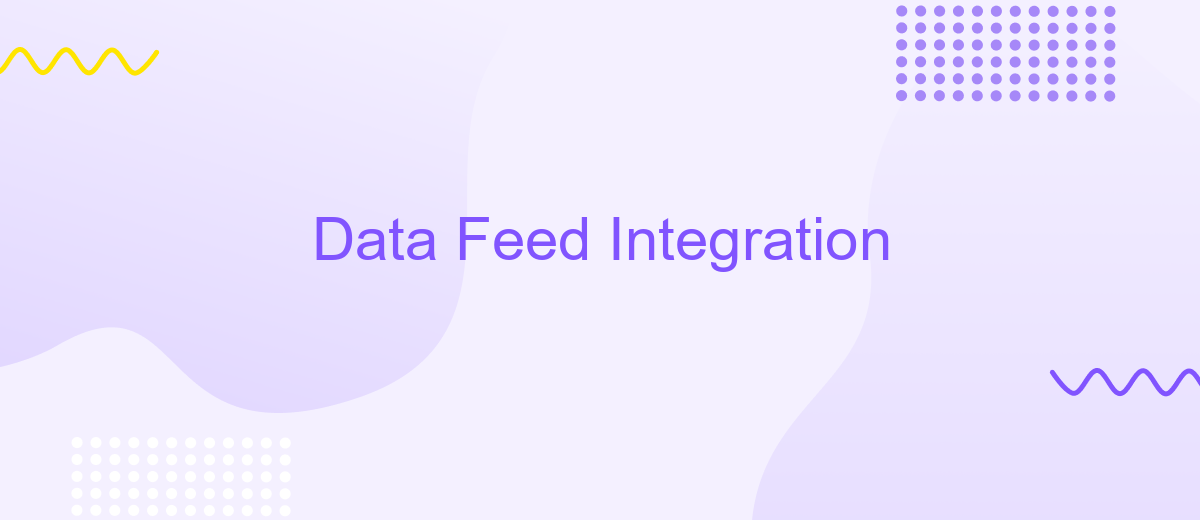Data Feed Integration
Data feed integration is a critical component for modern businesses looking to streamline operations and enhance decision-making processes. By enabling the seamless flow of information between various systems, data feed integration allows companies to maintain accurate, real-time data across multiple platforms. This article explores the importance, benefits, and best practices of implementing data feed integration within your organization.
Introduction
Data Feed Integration is a crucial aspect of modern data management, enabling businesses to seamlessly connect various data sources and ensure the smooth flow of information. This integration facilitates real-time data updates, enhances decision-making processes, and improves overall operational efficiency. By leveraging data feed integration, companies can streamline their workflows, reduce manual data entry, and minimize errors.
- Automated data synchronization
- Real-time updates
- Enhanced data accuracy
- Improved decision-making
- Reduced manual workload
One of the key tools for achieving effective data feed integration is ApiX-Drive. This service allows businesses to connect various applications and data sources effortlessly, automating data transfers and ensuring consistency across platforms. With ApiX-Drive, companies can set up integrations quickly without needing extensive technical expertise, making it an invaluable resource for businesses of all sizes. By utilizing such tools, organizations can focus more on strategic initiatives rather than getting bogged down by data management challenges.
Benefits of Data Feed Integration

Data Feed Integration offers numerous benefits that can significantly enhance business operations. By automating the flow of data between various systems, it reduces the need for manual data entry, thereby minimizing errors and saving valuable time. This seamless data exchange ensures that information is always up-to-date across all platforms, enabling more accurate and timely decision-making. Additionally, integrating data feeds can lead to improved customer experiences, as businesses can provide more personalized and relevant interactions based on real-time data insights.
One of the key advantages of data feed integration is the ability to utilize specialized tools and services like ApiX-Drive. ApiX-Drive simplifies the integration process by providing a user-friendly interface and pre-built connectors for various applications. This not only accelerates the setup time but also reduces the technical expertise required, making it accessible to a broader range of users. By leveraging such services, companies can ensure a smooth and efficient integration process, allowing them to focus on their core business activities while enjoying the benefits of a well-integrated data ecosystem.
Types of Data Feed Integration

Data feed integration is a crucial aspect for businesses looking to streamline their operations and improve data accuracy. There are several types of data feed integration methods that organizations can utilize to ensure seamless data flow between systems and applications.
- Manual Integration: This method involves manually exporting and importing data between systems. While it can be time-consuming, it is useful for small-scale operations or one-time data transfers.
- Automated Integration: Utilizing APIs and automated tools, this method allows for real-time data synchronization. Services like ApiX-Drive offer robust solutions to automate data feed integrations efficiently.
- Scheduled Integration: This type involves setting up regular intervals for data updates, ensuring that the data is refreshed periodically without real-time synchronization.
- Custom Integration: Tailored to specific business needs, custom integrations often require specialized development to connect disparate systems seamlessly.
Choosing the right type of data feed integration depends on various factors such as the volume of data, the frequency of updates needed, and the complexity of the systems involved. Leveraging tools like ApiX-Drive can significantly simplify the process, offering automated and scheduled integration options to meet diverse business requirements.
Implementation Process

The implementation process of Data Feed Integration involves several critical steps to ensure seamless data flow between systems. Initially, it's essential to define the data requirements and identify the sources from which the data will be extracted. This step lays the foundation for creating a robust integration strategy.
Once the data sources are identified, the next step is to select an appropriate tool or platform for integration. ApiX-Drive is a versatile service that simplifies the integration process by providing user-friendly interfaces and automated workflows. This tool supports a wide range of applications, making it an excellent choice for diverse integration needs.
- Define data requirements and identify sources
- Select an integration tool like ApiX-Drive
- Configure data mappings and transformations
- Test the integration to ensure data accuracy
- Monitor and maintain the integration for ongoing efficiency
After configuring the data mappings and transformations, it's crucial to test the integration thoroughly. This ensures that the data is accurately transferred and meets the required standards. Ongoing monitoring and maintenance are also necessary to address any issues promptly and to keep the integration running smoothly.
- Automate the work of an online store or landing
- Empower through integration
- Don't spend money on programmers and integrators
- Save time by automating routine tasks
Conclusion
In conclusion, data feed integration plays a pivotal role in the modern digital landscape, enabling businesses to streamline operations, improve data accuracy, and enhance decision-making. As organizations continue to adopt more complex systems, the need for efficient and reliable data feed integration solutions becomes increasingly critical. By leveraging advanced tools and platforms, companies can ensure seamless data flow between disparate systems, ultimately driving growth and innovation.
One such tool that stands out in facilitating these integrations is ApiX-Drive. This service simplifies the process of connecting various applications and automating data transfers, allowing businesses to focus on their core activities without worrying about data inconsistencies. ApiX-Drive's user-friendly interface and robust features make it an invaluable asset for any organization looking to optimize their data management processes. Embracing such solutions not only enhances operational efficiency but also provides a competitive edge in today's data-driven world.
FAQ
What is Data Feed Integration?
Why is Data Feed Integration important?
How can I automate Data Feed Integration?
What are the common challenges in Data Feed Integration?
Can I integrate data feeds without coding skills?
Time is the most valuable resource for business today. Almost half of it is wasted on routine tasks. Your employees are constantly forced to perform monotonous tasks that are difficult to classify as important and specialized. You can leave everything as it is by hiring additional employees, or you can automate most of the business processes using the ApiX-Drive online connector to get rid of unnecessary time and money expenses once and for all. The choice is yours!


